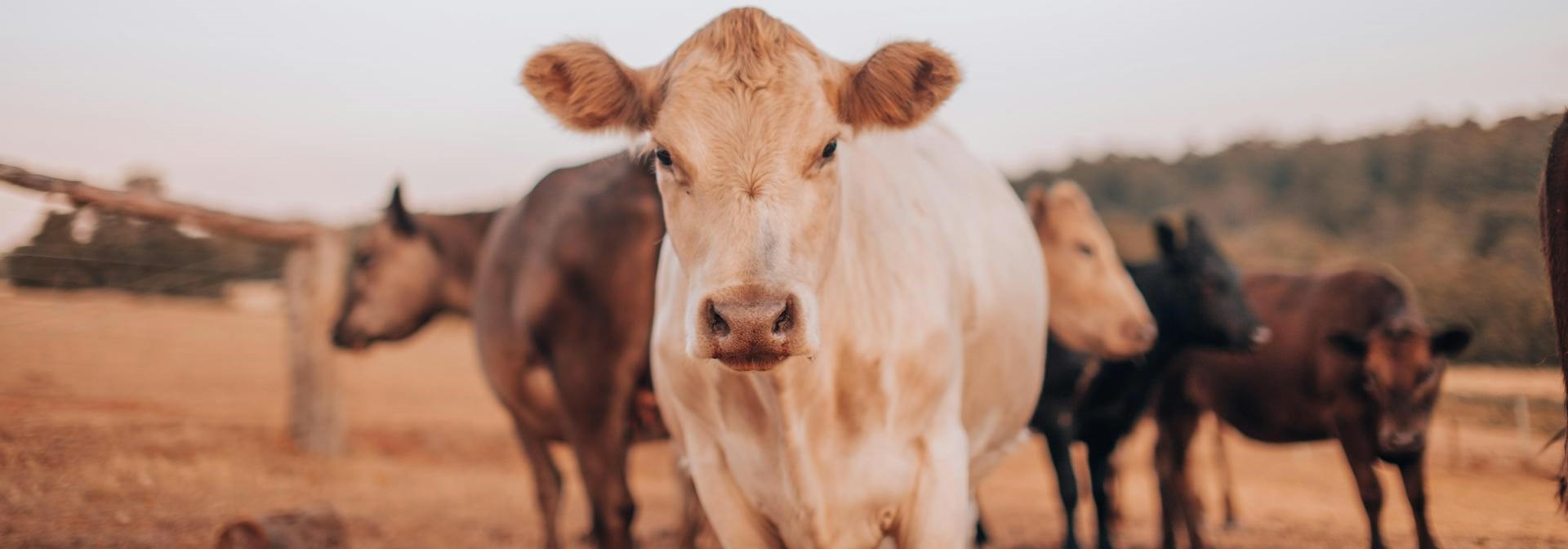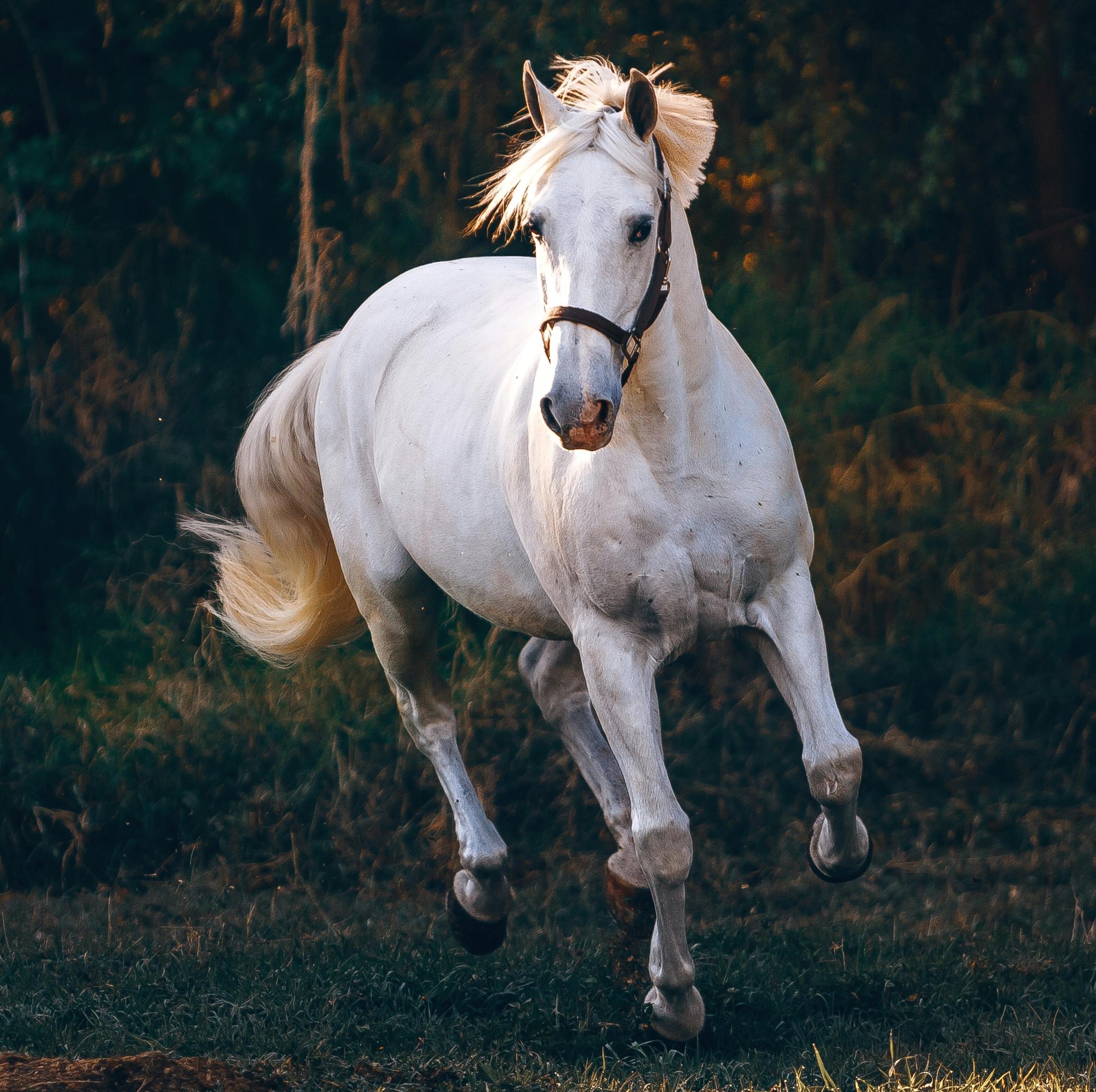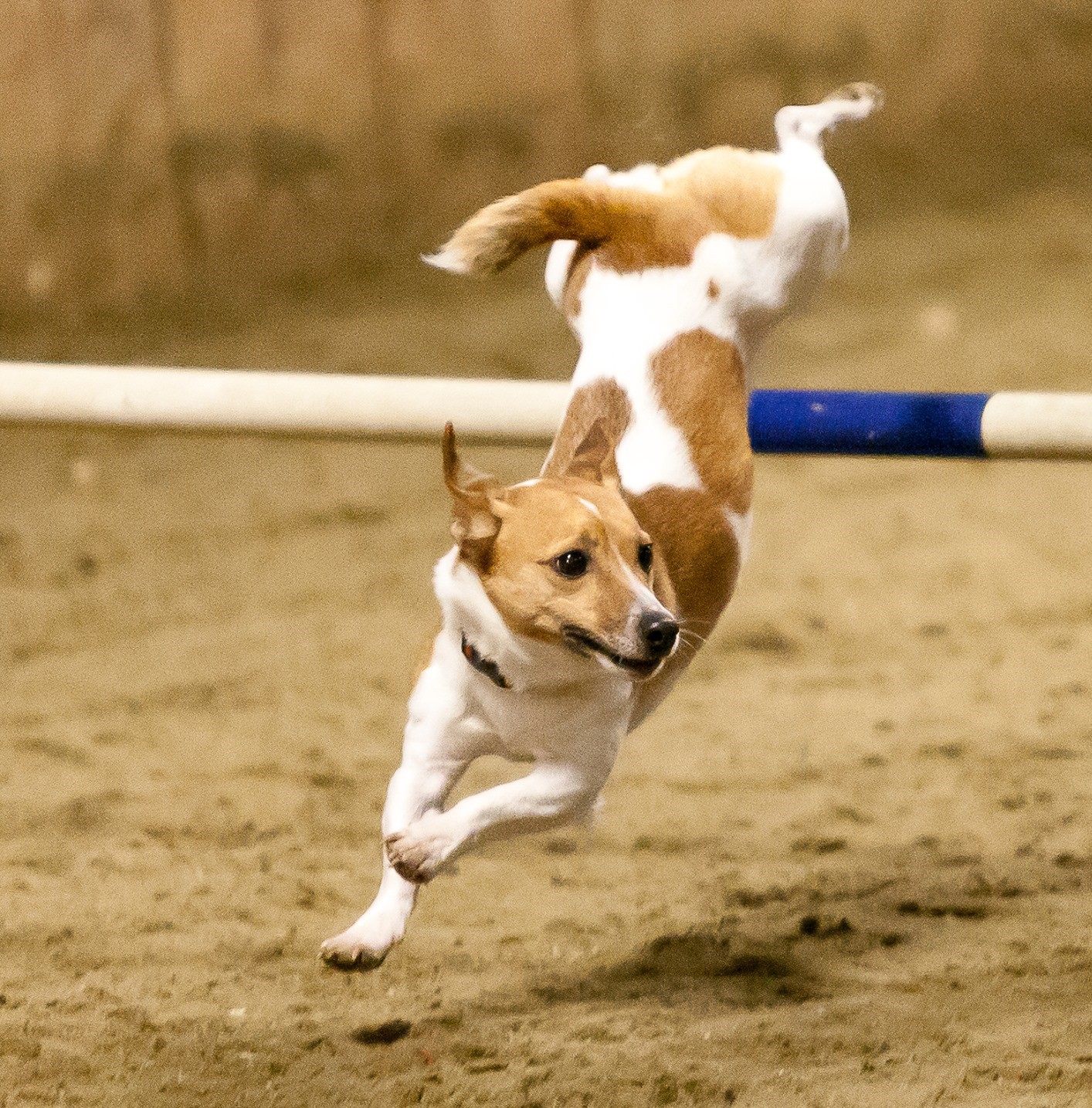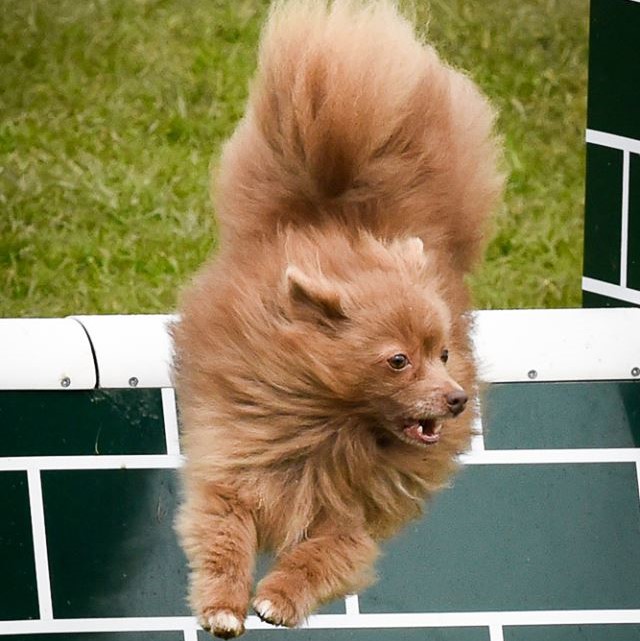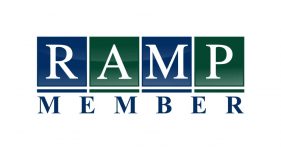Anna Fox | Animal Chiropractor
Covering Shropshire, Staffordshire, plus parts of Cheshire & Wales

Anna Fox
I was taught the art of animal chiropractic treatment by Shelagh James-Hudson and her colleagues at the Oxford College of Equine Physical Therapy and qualified with a McTimoney-Corley Diploma in Animal Spinal Therapy in 2004.
I have been working full time as an Animal Chiropractor since 2005. I am also on the Register of Animal Musculoskeletal Practitioners (RAMP) and I meet RAMPs Gold Standard in practice.
I am now based on the Staffordshire/Shropshire border so I can cover Shropshire, Staffordshire, parts of Cheshire and parts of Wales along the Shropshire border. I am also happy to travel further afield for groups of horses or dogs.
I also treat dogs at agility shows when I am there competing my dogs. I have owned and ridden horses for over 40 years, I was showing my border collies for over 15 years and I now compete in agility regularly with my dogs.
About McTimoney-Corley animal chiropractic treatment
McTimoney-Corley animal chiropractic treatment is a method of restoring health by gentle corrective manipulation of the bones of the head, spinal column, pelvis and limbs, thereby ensuring the proper functioning of the nerves and endocrine systems which control the natural self-healing capability of the body.
Whilst some other manipulation techniques rely on force, or (invasive) long-lever adjustments to correct bone misalignments, McTimoney-Corley animal chiropractors work with the body, not against it. Treatment of the whole skeleton each time means that any misaligned bones are not forced back into place, but are coaxed gently into re-alignment by manipulative adjustments that encourage soft tissue release.
It is important to realise that McTimoney-Corley animal chiropractic treatment does not just relieve pain, but it can, and often does, remove the cause of the pain. No cell or organ of the body can function properly without its correct supply of nerve impulses.
McTimoney-Corley animal chiropractors are trained to assess bone misalignments by using their hands, and to correct any of these subluxations with highly refined yet extremely gentle manipulations. Remedial exercises may be recommended and advice will always be given to help avoid a recurrence of the problem. The whole body is usually treated during each session because a problem in one part of the body can lead to problems in other areas.
McTimoney-Corley animal chiropractic treatment, when used regularly, can also be used as a preventative therapy.
The frequency of treatments depends on the type and amount of work the animal is undertaking.
When to seek help
We rely on owners observations and subsequent referrals from veterinary surgeons.
What causes these problems?
Trauma is often the most obvious cause e.g. falls, accidents, slipping, etc. Modern competitions often include tight turns, slippery going and twisty courses.
More subtle causes are conformation problems, such as long or weak backs, ill-fitting tack/equipment, excess weight and even dental problems.
Indications include
• Lameness after a fall or other accident where alternative causes have been ruled out
• Uncharacteristic changes in performance, behaviour or temperament
• Limb-dragging or odd, irregular action or uneven wear of shoe or hoof
• Re-occurrence of symptoms previously successfully treated by chiropractic manipulation
• Absence of any resolution of the problem, using conventional methods
Services
As a member of RAMP I can provide routine maintenance treatments without veterinary referral but for anything other than a maintenance treatment veterinary consent is required. This can be obtained by you over the phone and is not required in writing as long as the vet has a note on their records and I do have consenting vets name to cross reference on my records. As a matter of courtesy it is advisable to inform your vet about maintenance treatments as well though.
On the first visit I will ask a wide variety of questions, regarding any worries, concerns or problems you have experienced in relation to your animal. I may also ask questions, regarding age, breed, feeding regime, worming, inoculations, past treatment, illnesses, temperament, behaviour, fitness program, amount and type of exercise etc.
A background history helps to identify what might be causing a particular back problem e.g. a past trauma where the animal had a bad fall may direct additional attention to a particular part of your animal’s spine.
It is likely that I will request to see your animal move at walk and/or a faster pace in order to identify any lameness and possible gait abnormalities. Horse owners may be requested to ride their horses, especially if the owner has experienced problems which only occur when ridden.
I will then begin to examine your animal more thoroughly to look for any abnormalities e.g. lumps, bumps, old injuries, muscle wastage etc.
I will then use my palpation skills to feel for muscle tension, spasms, pain and skeletal misalignments in the spinal area, which may indicate that nerves are trapped and therefore, not functioning properly. Besides palpating the spine, I will also check joints for appropriate range of motion.
After assessing your animal properly, I will then begin to apply appropriate chiropractic adjustments. These adjustments help to relieve pressure on the nerves, free-up muscle tension/spasm and enable re-alignment of the spine thereby reducing pain. This allows the body to function normally, to its optimum, so it is free to heal itself.
After treatment I may recommend that your animal is rested for a stated number of days. Horse owners will be advised not to ride for a recommended number of days, although alternative types of exercise may be optional. There is usually no restriction on turnout time.
Recent testimonials
Animal Treatment
